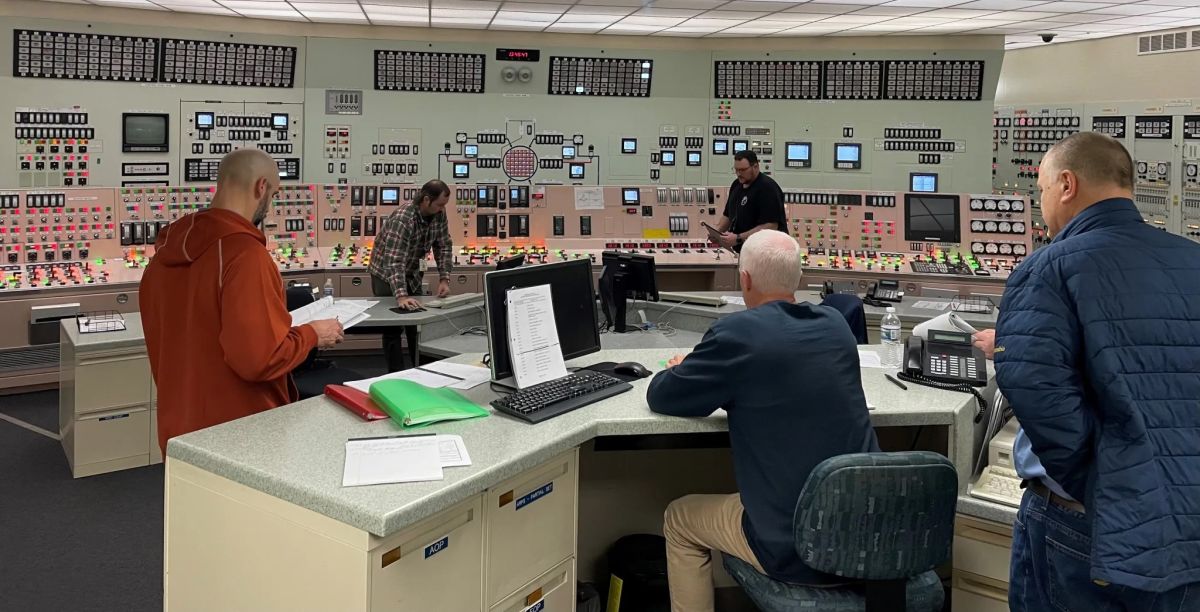Investors like Bill Gates have been advocating for years that molten salt nuclear reactors are required, as a new version of nuclear power, to provide on-demand, carbon-free energy. Developers of advanced reactors want to combine a number of revenue streams into a package for potential customers. The uses of these advanced reactors include:
- load-following to help the grid deal with intermittent renewable energy;
- the ability to provide power when not connected to external transmission lines (black start capability); and
- heat for industrial processes.
What Are Advanced Nuclear Reactors?
Nuclear energy is produced when uranium atoms are split in a controlled operation called fission. The traditional method of producing nuclear power is through light water nuclear reactors, where water is heated to create steam to drive a turbine.
Advanced nuclear reactors use special coolants that help them run at a lower, safer pressure. They often have passive safety features, such as pressure relief valves, as compared to active safety features that require backup power supply or human intervention to work. Advanced reactors are promoted as safer, more efficient in generating emissions-free electricity, while costing less. Additionally, they heat for industrial processes. There are only a few advanced reactors actively generating energy; most of the nuclear energy generated around the world is through non-advanced reactors.
Benefits of Advanced Nuclear Reactors
Some of the benefits of advanced nuclear reactors are:
- Safety benefits
- Lower costs
- Industrial decarbonization
- Versatility and flexibility
- Increased efficiency
- Less danger from waste
- Factory manufacturing
- Lower proliferation risk
What is the Public’s Perception of Nuclear Power Plants
Public fear due to their perception of the reliability, cleanliness and safety of nuclear energy is a barrier in the way of the nuclear industry. People are uncomfortable about how nuclear waste will be dealt with, which stands in the way of adopting and expanding nuclear power. Specific nuclear disasters and nuclear weapons do not help allay the fear of the public. There is concern about health risks connected to nuclear plants. Nuclear disasters like Chernobyl and Fukushima point to safety hazards associated with nuclear plants.

Advanced Reactor Developers Trying to Expand Nuclear Power’s Selling Points
Advanced reactor developers believe that the benefits and capabilities these new reactors can provide could alleviate the problems of the nuclear industry, which is struggling due to capital costs for constructing new conventional power reactors.
One nuclear design that seems promising is the molten salt reactor. It is believed that due to the ability of molten salt to contain and store heat at extremely high temperatures, it is favorable for the grid of the future.
Moltex Energy, a U.K. and Canada-based developer, has been working on a design called “Stable Salt Reactor” that, in due course, will be able to store energy for around eight hours and up to 24 hours. Lithium-ion batteries typically provide only around 4 hours.
President Trump signed a law in early 2019, the Nuclear Energy Innovation and Modernization Act (NEIMA), which requires the Nuclear Regulatory Commission (NRC) to create a new regulatory structure by the end of 2027. This will make the licensing process for new reactor designs easier.
Disclaimer: Any opinions expressed in the blog do not necessarily reflect the opinions of Certrec. The content of this blog is meant for informational purposes only.












